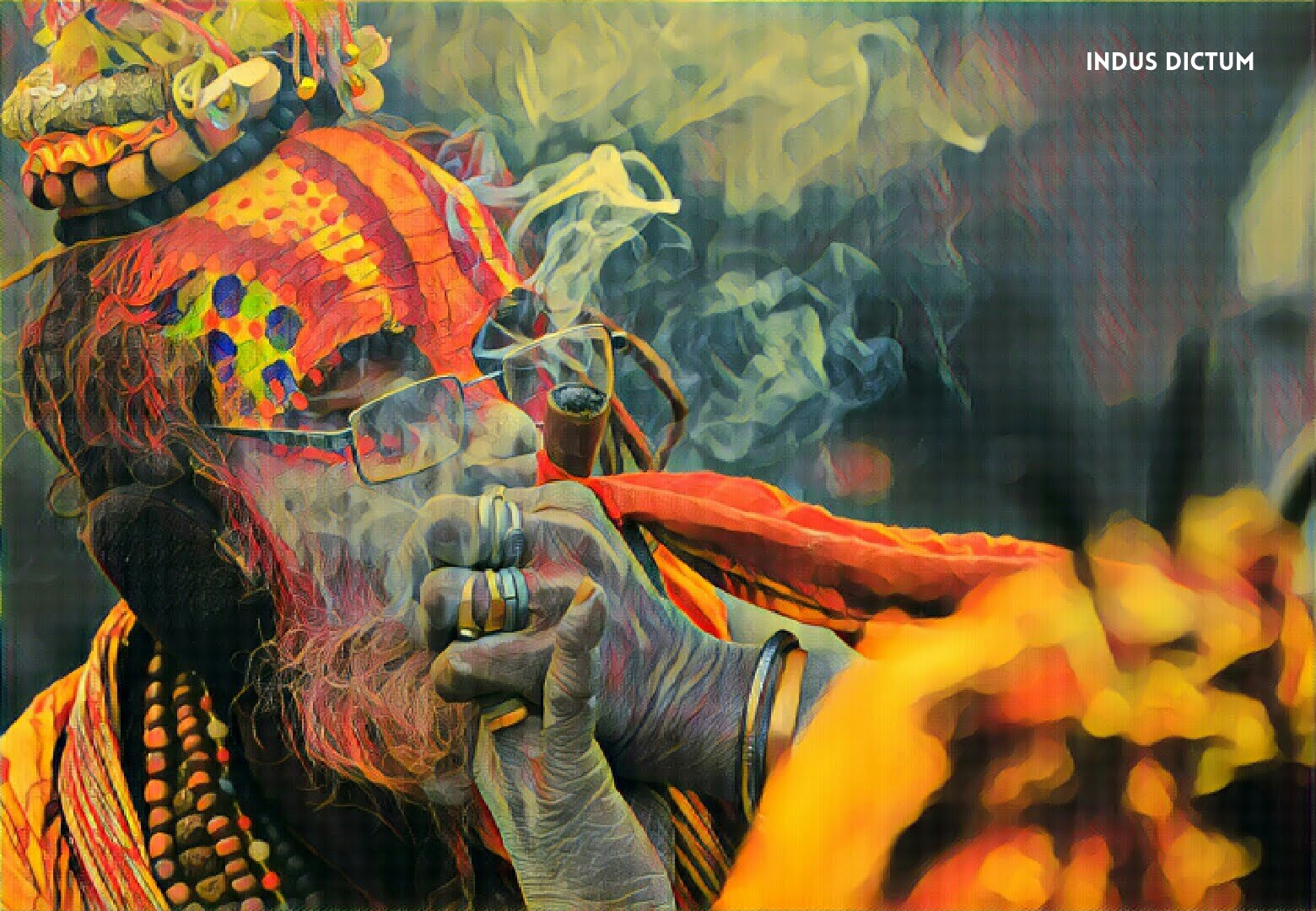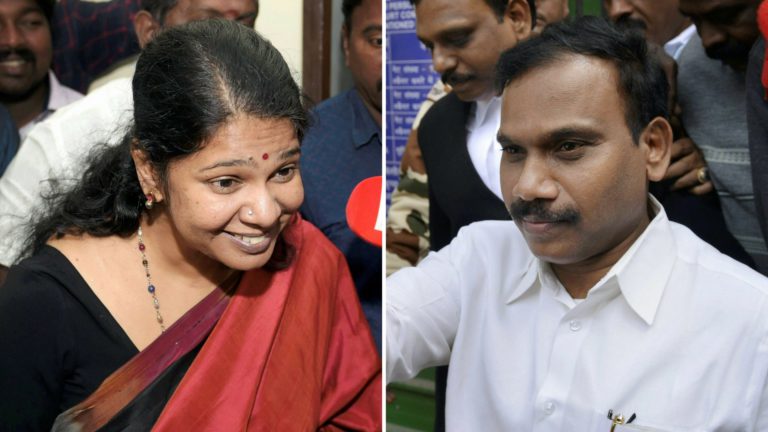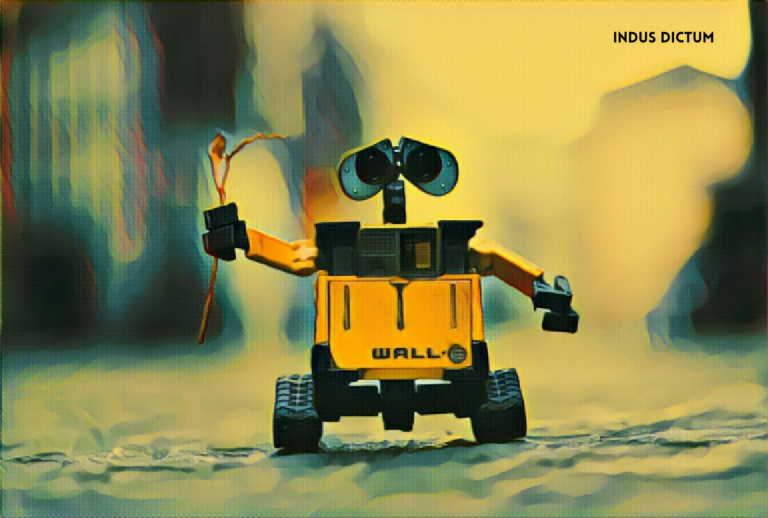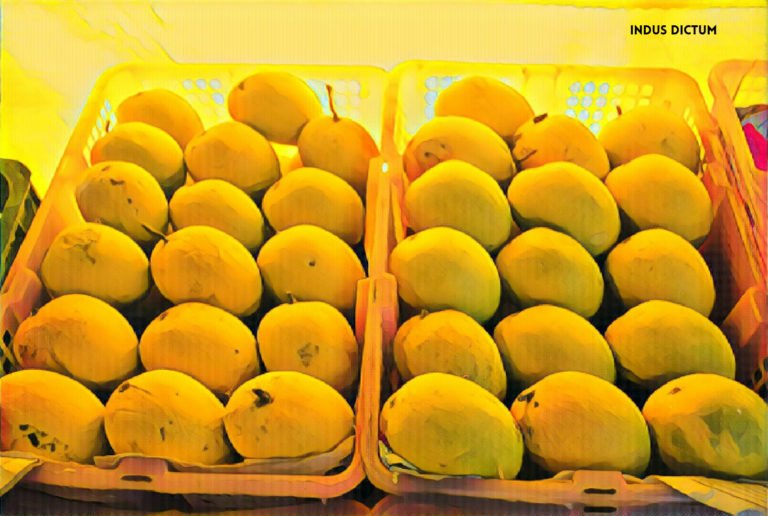Yes We Cannabis
Suppressed and censored amongst a plethora of “miracle” drugs, cures, spells, potions, snake oils and charms, perhaps the most misunderstood – and maligned – medical panacea is the cannabinoid. Most commonly found in the cannabis plant and its various species, this distressingly under-researched chemical compound has overcome persecution, legislation, and even popular opinion to claw its way back into the medical fraternity. It is also tellingly the most frequently code-named drug, surviving through the centuries as ganja, weed, marijuana, chronic, Mary Jane, or simply green – they all mean the same thing, but some monikers are more sinister than others.
Banished to the underworld in the 1970s by US President Richard Nixon’s infamous “War on Drugs”, the drug that was once the “negro man’s weapon to execute their designs on white women” is today the anecdotal elixir against dozens of cancers, tumours, bone disorders, pains, aches, stresses, and psychological conditions. 29 out of the 50 United States have legalised medical cannabis, and 8 among those have gone so far as to permit the sale to adults for recreational purposes. European countries like Portugal and the Netherlands – widely considered progressive – long ago abandoned the failed “war” and adopted more inclusive policies, deeming drug users victims of the substance rather than terrorists against order.
In India, the cannabis plant is inseparably intertwined with culture, Ayurveda, religion, rituals and even the Destroyer of Worlds, Shiva. Indeed, no pictorial representation of Shiva is complete without a chillum, and every Kumbh Mela and Shivratri is a free-pass for bhakts and devotees to smoke in the streets and distribute this prasaad. Even adolescents and young adults are encouraged on Holi to partake in the ritual of bhaang, an extract from the same plant served in a palatable concoction of milk and dry fruits.
Despite this public tolerance, however, the possession, sale, distribution and cultivation of marijuana and its many derivatives remains a criminal offence punishable under federal law in both countries. In the US, marijuana is classified as a Schedule I narcotic under the Controlled Substances Act of 1970, while in India it is included in the Narcotic Drugs and Psychotropic Substances (NDPS) Act of 1985. Punishments in India range from rehabilitation to a 20-year prison sentence – apart from monetary penalties – depending on the severity of the crime.
Conspiracy theorists assign the blame for this marijuana witch-hunt to pretty much every corporate or political body – the tobacco lobby, pharmaceutical industry, sellout doctors, Canadian loggers, white supremacists, renegade legislators, and even the illuminati – but the only real culpability belongs to the US Administration and its then-Chief Richard Nixon. Backed by the misemployed powers of the US Government and what is now considered to be deeply unscientific research, Nixon strong-armed scores of countries – including India – to outlaw hundreds of chemicals and substances found by uninformed and under-informed scientists to be “harmful to the human body and mind”. The fledgling Indian Legislature, coerced by thuggish US envoys and a variety of United Nations Conventions also spearheaded by the US, had little choice but to take arms alongside in this pointless “war”.
Now, in the wake of a pyrrhic victory with hundreds of thousands of non-violent prisoners of war, and faced with the possibility of a new and colossal tax avenue, the US is singing a very different tune. And it’s about time India began doing the same. A good place to start would be with decriminalisation.
“Lots of institutions in India want to research the medical benefits of cannabis,” says Avnish Pandya, Director of R&D at the Bombay Hemp Company (BOHECO). In an uncharacteristically scientific bout, the Government of India has issued a first-ever license to cultivate and research the medicinal properties of cannabis to the Council of Scientific and Industrial Research (CSIR). BOHECO will be collaborating with CSIR on this project to develop and supply medical grade cannabis and derivatives for research.
“Marijuana is still classified as a narcotic,” explains Pandya. “We intend to study and develop medical properties of cannabis for the treatment of epilepsy and chemotherapy induced side-effects. Depending on the decision of the Drugs Controller General of India, we may even skip the initial research phases and begin with human trials.”
However, assuming that everything goes according to plan, and that the conclusions of the research are positive, it will still be many years and several FDA approvals before any cannabinoid-based drug enters the market. This timeline, too, is highly unlikely given the maligned nature of the substance and the prejudiced predisposition of its approvers. It also does not address the ever-widening interpretation of the Fundamental Rights as enshrined in the Indian Constitution.
“Ayurveda and Indian history is explicit in its embrace of marijuana’s medical benefits,” says Aditya Barthakur, an Advocate in the Bombay High Court and Pune District Court. Barthakur has filed multiple Public Interest Legislations in the Bombay High Court and Supreme Court questioning the legality of cannabis. His PILs were dismissed by both Courts on technical grounds.
“Alcohol – a known killer and highly addictive substance – is legal and only barely policed, while a plant that far outdates any liquor and exhibits tremendous physiological and psychological benefits remains outlawed under archaic legislation. This is a clear violation of the inherent Fundamental Rights of all citizens. How can you criminalise something that is naturally occurring or grows out of the ground?” adds Barthakur.
You can read more about both PILs on Indus Dictum.
The jury may be out on the medical benefits of cannabis, but any student of liberty and logic will concur that the State must not involve itself in the policing of private consumption, as long as no one else is harmed. The most frequent counter to this interpretation of Rights is that addiction and drug use will ascend to intractable levels if the population is permitted to access narcotics. Don’t be fooled by this non-statistic; Portugal – where drug abuse has fallen by half since its decriminalisation in 2001 – is a shining rebuttal to this scare-tactic.
There are many other examples to be quoted – including the Netherlands, Australia, and most recently Canada – but why should India look to “Western” countries for leadership in legislation? Cannabis and its many forms are ingrained in the routine of Indian society, and it’s no secret that foreigners head to Goa and Manali for what is proudly extolled by locals as the best marijuana in the world. Even Union Cabinet Minister Maneka Gandhi has called for the legalisation of medical marijuana, and Rajya Sabha MP Tathagata Satpathy has suggested legalising cannabis to curb the consumption of alcohol.
The tide has turned. Nixon may have rallied his misdirected “troops” against “Public enemy number one”, but experts from the medical, administrative, legal, and every other field today are unanimous: the War on Drugs is an extraordinary failure. Prime Minister Modi’s administration must break the cycle and recognise that where Nixon saw evil and abuse, there is the possibility of medical benefit, criminal justice reform, and tremendous tax revenue.
Ankur Borwankar is an author, lawyer, motivational speaker & entrepreneur. He is the Founder & Editor-in-Chief of Indus Dictum.
Follow Ankur on Facebook, Twitter & LinkedIn.
To read more of his write-ups, visit the Articles Page.
To find out more about his work, read About Ankur.
You can get in touch with Ankur through the Contact Page.
This article first appeared in Indus Dictum.









Awakening is happening, but unfortunately many still continue to suffer from Stockholm Syndrome, without even knowing about it, as they allow their natural rights to be taken for granted.
It is the necessity of our time to educate people about their inherent Rights. The ones not enshrined in the Constitution, but the truths held to be self-evident. We are on the precipice of great change.
-Ankur (Chief Editor)